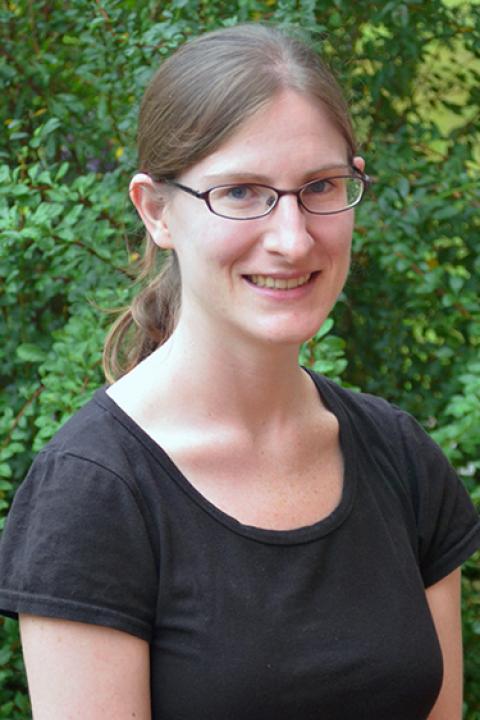
Danielle Grogan
The Water Systems Analysis Group develops and maintains the global hydrologic model WBM, which can be found at https://github.com/wsag/WBM.
Courses Taught
- NR 504: Freshwater Resources
Research Interests
- Agriculture
- Climate change
- Climate Change - Impacts
- Human Dimensions of Climate Change
- Hydrology
- Sustainability
- Sustainable Agriculture
Selected Publications
Lafferty, D. C., Grogan, D. S., Zuidema, S., Haqiqi, I., Alipour, A., Keller, K., & Sriver, R. L. (2025). Combined Meteorological and Hydrologic Uncertainties Shape Projections of Future Soil Moisture in the Eastern United States. Earth's Future, 13(8). doi:10.1029/2025ef006040
Rounce, D. R., Hock, R., Prusevich, A. A., Grogan, D. S., Lammers, R. B., Huss, M., . . . Zan, B. (2025). Downstream Hydrology Reduces Glaciers' Direct Contribution to Sea‐Level Rise. Geophysical Research Letters, 52(10). doi:10.1029/2025gl114866
Lisk, M. D., Grogan, D. S., Zuidema, S., Zheng, J., Caccese, R., Peklak, D., . . . Fowler, L. (2024). Harmonized Database of Western U.S. Water Rights (HarDWR) v.1.. Sci Data, 11(1), 598. doi:10.1038/s41597-024-03434-6
Alfredo, C. -P., Jing, L., Danielle, G., & Thomas, H. (2024). Linkages between riverine flooding risk and economic damage over the continental United States. Natural Hazards, 120(6), 5941-5952. doi:10.1007/s11069-024-06445-z
Haqiqi, I., Grogan, D. S., Bahalou Horeh, M., Liu, J., Baldos, U. L. C., Lammers, R., & Hertel, T. W. (2023). Local, regional, and global adaptations to a compound pandemic-weather stress event. Environmental Research Letters, 18(3), 035005. doi:10.1088/1748-9326/acbbe3
Grogan, D., Frolking, S., Wisser, D., Prusevich, A., & Glidden, S. (2022). Global gridded crop harvested area, production, yield, and monthly physical area data circa 2015. SCIENTIFIC DATA, 9(1). doi:10.1038/s41597-021-01115-2
Grogan, D. S., Wisser, D., Prusevich, A., Lammers, R. B., & Frolking, S. (2017). The use and re-use of unsustainable groundwater for irrigation: a global budget. ENVIRONMENTAL RESEARCH LETTERS, 12(3). doi:10.1088/1748-9326/aa5fb2
Zaveri, E., Grogan, D. S., Fisher-Vanden, K., Frolking, S., Lammers, R. B., Wrenn, D. H., . . . Nicholas, R. E. (2016). Invisible water, visible impact: groundwater use and Indian agriculture under climate change. ENVIRONMENTAL RESEARCH LETTERS, 11(8). doi:10.1088/1748-9326/11/8/084005
Grogan, D. S., Zhang, F., Prusevich, A., Lammers, R. B., Wisser, D., Glidden, S., . . . Frolking, S. (2015). Quantifying the link between crop production and mined groundwater irrigation in China. SCIENCE OF THE TOTAL ENVIRONMENT, 511, 161-175. doi:10.1016/j.scitotenv.2014.11.076
Whiteside, J. H., Grogan, D. S., Olsen, P. E., & Kent, D. V. (2011). Climatically driven biogeographic provinces of Late Triassic tropical Pangea. PROCEEDINGS OF THE NATIONAL ACADEMY OF SCIENCES OF THE UNITED STATES OF AMERICA, 108(22), 8972-8977. doi:10.1073/pnas.1102473108